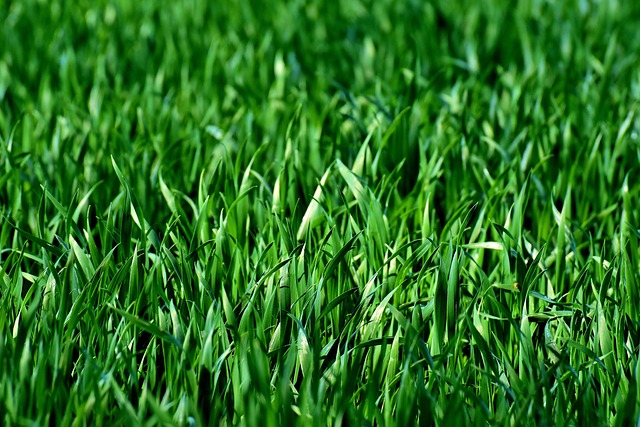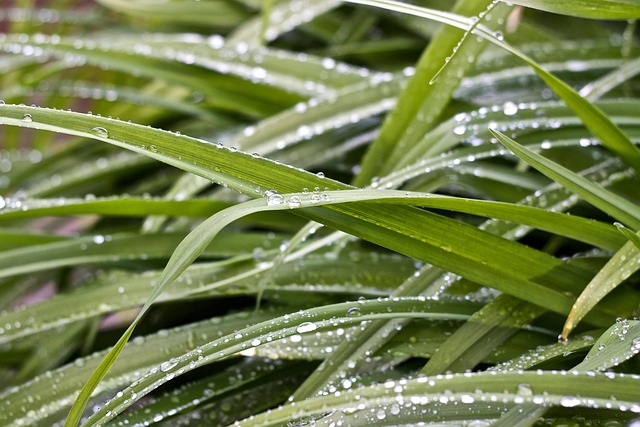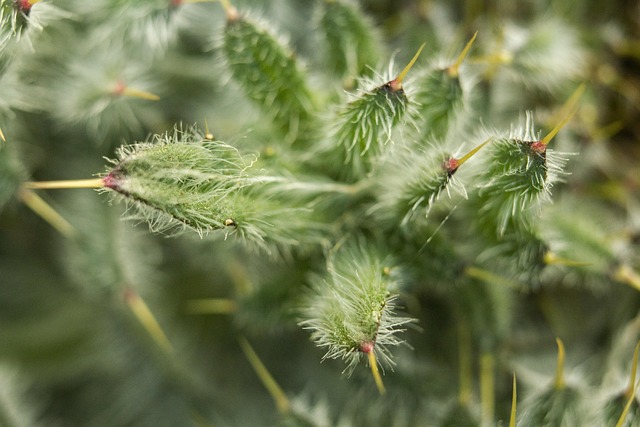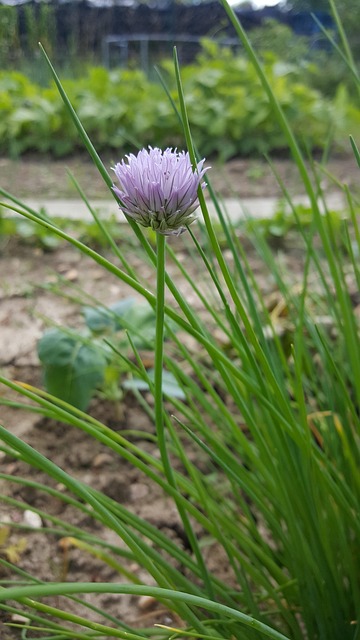Turf health in Castle Pines' utility easements requires managing interactions between factors like foot traffic, water access, and weather to prevent degradation. Effective vegetation management involves regular monitoring of soil quality, moisture, nutrients, pests, and diseases, followed by tailored treatments such as irrigation adjustments, organic matter amendments, and controlled removal. Targeted strategies address invasive species, nutrient deficiencies, and disease, promoting healthier turf while minimizing environmental impact. Long-term maintenance prioritizes restoration, removing invasive species and reseeding bare areas to enhance aesthetics and ecosystem resilience, preserving vibrant green spaces for community well-being.
In Castle Pines, proper vegetation management for utility easements is crucial for maintaining lush lawn turf. However, these green spaces often face degradation due to various factors, necessitating targeted recovery treatments. This article delves into understanding the health of turf in easements and explores effective strategies, from immediate interventions to long-term management practices. By implementing these techniques, homeowners and property managers can restore and preserve vibrant, healthy lawns, ensuring Castle Pines’ landscapes remain a community testament to meticulous vegetation care.
- Understanding Turf Health and Degradation in Easements
- Targeted Treatments for Effective Recovery Strategies
- Long-Term Management: Restoring and Maintaining Green Spaces
Understanding Turf Health and Degradation in Easements

Turf health is a delicate balance influenced by various factors, and degradation can often be seen in Castle Pines’ utility easements. Effective vegetation management for these areas requires understanding these dynamic interactions. Easement turf faces challenges like excessive foot traffic, limited water access, and exposure to harsh weather conditions, leading to thinning grass and weed infiltration.
Regular monitoring is key to maintaining healthy turf. This involves assessing soil quality, moisture levels, and nutrient availability while keeping an eye out for common pests and diseases specific to the region. By implementing tailored recovery treatments, such as targeted irrigation adjustments, organic matter amendments, and controlled vegetation removal, it’s possible to restore and preserve the lush green spaces within Castle Pines’ utility easements, ensuring both aesthetic appeal and functional integrity.
Targeted Treatments for Effective Recovery Strategies

In the context of vegetation management for utility easements in Castle Pines, targeted treatments are key to effective recovery strategies. These tailored interventions focus on addressing specific issues within the turf, such as invasive species, nutrient deficiencies, or damage from disease and pests. By pinpointing the root causes, professionals can implement precise solutions like selective herbicide applications, strategic fertilizing, or localized pest control measures.
This targeted approach ensures that recovery efforts are both efficient and environmentally responsible. It avoids unnecessary chemical use by focusing on problem areas, promoting healthier turf overall. As a result, Castle Pines residents and property managers can restore their utility easements to their full potential, creating lush, well-maintained spaces while maintaining ecological balance.
Long-Term Management: Restoring and Maintaining Green Spaces

In the long-term management strategy, focusing on restoration and maintenance is key to ensuring vibrant green spaces, particularly in areas like Castle Pines where vegetation management for utility easements plays a critical role. Regular upkeep involves removing invasive species that may hinder the health of the turf and replacing any bare spots with suitable grass seeds or sod. This proactive approach not only enhances the aesthetics but also strengthens the ecosystem, making it more resilient to future challenges such as drought or pest infestations.
By implementing sustainable vegetation management practices, residents and local authorities can maintain a lush and healthy lawn while ensuring easy access for utility workers. This balance is essential for creating and preserving beautiful, functional green spaces that serve as community hubs and contribute to the overall well-being of Castle Pines.
In addressing the health of turf on utility easements, especially in Castle Pines, a holistic approach involving targeted treatments and long-term management strategies is key. By understanding the unique challenges faced by these areas, such as foot traffic and limited resources, effective recovery can be achieved. Implementing tailored vegetation management techniques ensures not only a lush green landscape but also promotes the overall health of the ecosystem within these easements.
